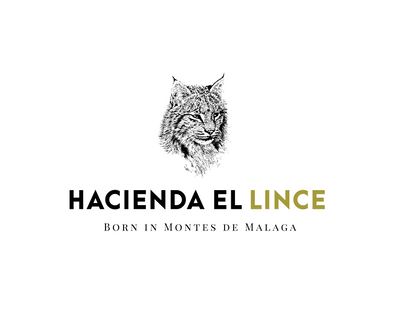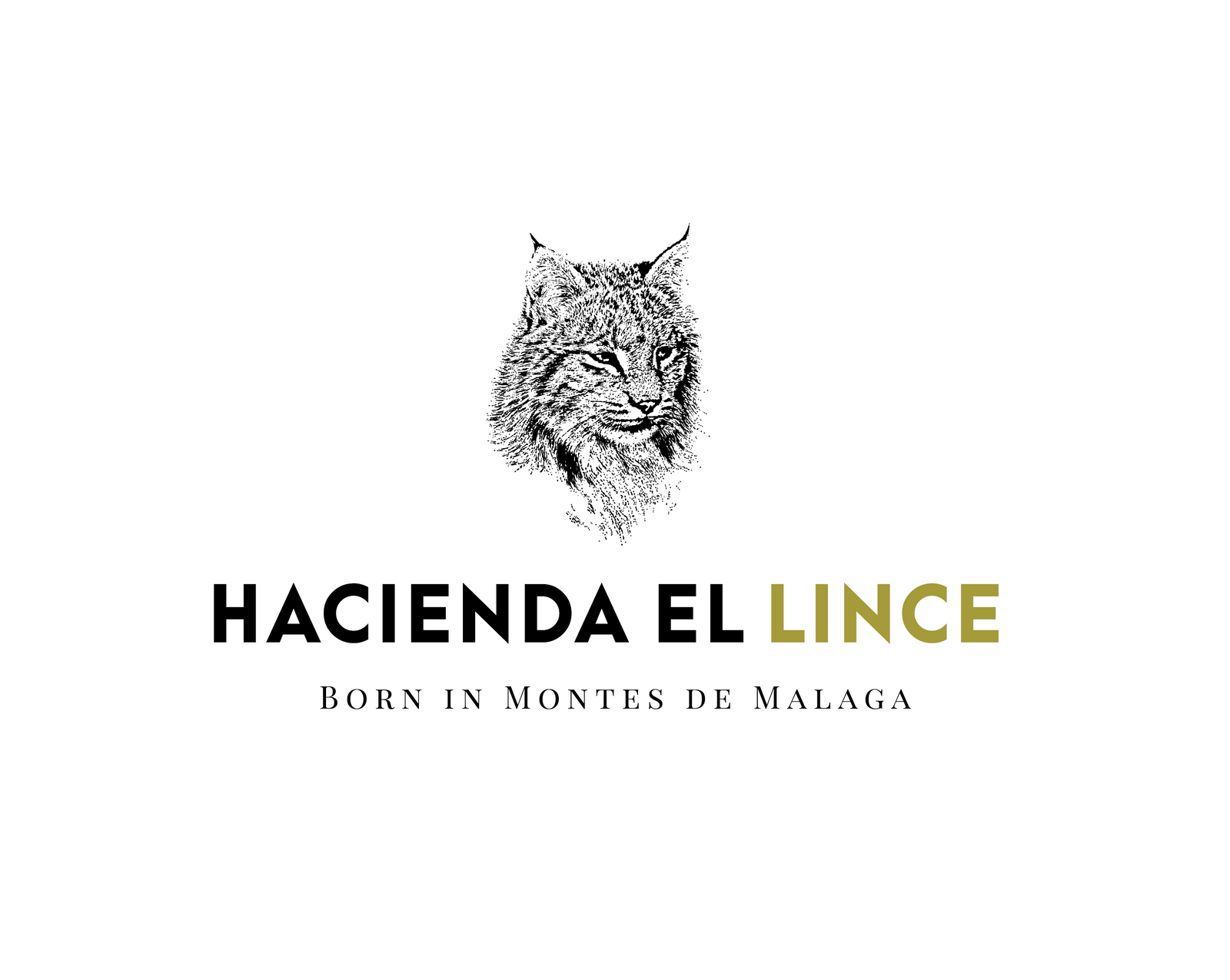Evergreen and decorative olive trees
Olive trees are evergreen. They retain their leaves throughout the year; old leaves fall off only when new ones emerge. Olive groves have a very beautiful shape and colour – the leaves of the olive tree are leathery and greyish and the trunks of old trees are highly decorative. With the proper care, olive trees can bear fruit for up to 500 years. Olive trees are very adaptable and flexible. It is estimated that the world’s oldest olive trees are between 2000 and 3000 years old. Hacienda el Lince also has some very old trees, but the majority of them are still quite young – around only a couple of hundred years old.
A healthy miracle food
The size, colour and taste of the stone fruit of olive trees depend on the species of tree. Green olives are harvested at full size but before they are fully ripe; black olives, on the other hand, are allowed to ripen on the trees and turn from green to black. Olives take an average of 6-8 months to ripen on the trees. Due to their bitter taste, olives cannot be eaten straight after harvesting and have to be preserved. However, around 90% of harvested olives are used for producing oil.
The oil content of olives is 20-30%. Olive oil is an ideal source of omega-3, -6 and -9 fatty acids and also contains vitamins A, D, E and K and plenty of macronutrients.
Its benefits have been known since ancient times: Hippocrates (460-377 BC) had his patients ingest olive oil or apply it to their skin. Before the invention of soap, olive oil was also used as a cleaning agent – it was a symbol of purity and divinity.
Olive oil hand-made the traditional way
Olive groves take up most of the land at Hacienda el Lince. The climate and soil of the Montes de Málaga mountains are well suited to their olive trees, which are getting on for several hundred years old and produce a yearly harvest of around 30 tonnes.
Picual, Hojiblanca, Manzanilla and Verdial are the main kinds of olives grown here.
The hacienda’s olive oil is produced in the traditional way: the olives are harvested by hand and immediately taken to an olive mill, where the most beneficial oil is produced during the first round of cold pressing. As olives start to lose their useful substances due to drying straight after harvesting, the speed of delivering the harvest to the mill is extremely important for the quality of the oil. In this regard, small oil producers have an advantage over large producers in making high-quality oil: they can deliver smaller quantities of olives to the mill more quickly and flexibly, as well as monitor and ensure the quality of their handmade oil.
The greatest enemies of finished olive oil are air, light and warmth. In order to maintain the quality of Hacienda el Lince’s olive oil, it is placed in dark glass bottles with airtight caps that prevent the oxidation of the oil. At home, it is useful to keep olive oil in a cool, dark place at all times in order to maintain its quality.
Olive harvesting needs precise timing
Olive harvesting has to take place at the exact time the olives reach full size and their green colour starts turning slightly darker. The olives will still be quite firmly attached to the tree at this point and will not fall off if you merely shake it. At this juncture, the content of valuable substances is highest in the olives and the oil produced from them is the healthiest and tastiest. These olives will not yield as much oil as they would if they were fully ripe and dark in colour, but the content of useful substances is several times higher before their full ripening. As such, we prefer to produce smaller quantities of oil of higher quality at Hacienda el Lince.
Traditional methods
To harvest the olives, the trees are shaken with a strong vibrating device while hitting the olives with special olive sticks and collecting the fruit from the lower branches by hand using rakes. During the best harvesting period the olives are still firmly attached to the tree, so harvesting them is rather difficult and time-consuming work.
Oil produced in 2024
In 2024, we harvested approximately 14 tonnes of olives at Hacienda el Lince and produced 1800 litres of olive oil in the first round of cold pressing. The olive-green label reflects what is in the bottle – the oil from 2024 is greenish, fresh and with a spicy taste. Our 2024 oil was made from different kinds of olives. Its main flavour comes from Picual and Hojiblanca olives, but Manzanilla and Verdial olives were also used. The oil comes in 500 ml glass bottles. In Tallinn, you can buy our olive oil:
BESTWINE veini- ja gurmeepood
NOP kohvik ja pood
STOCKMANN Toiduosakond
TALLINNA KAUBAMAJA Toidumaailm
Tartu Kaubamaja Toidumaailm





